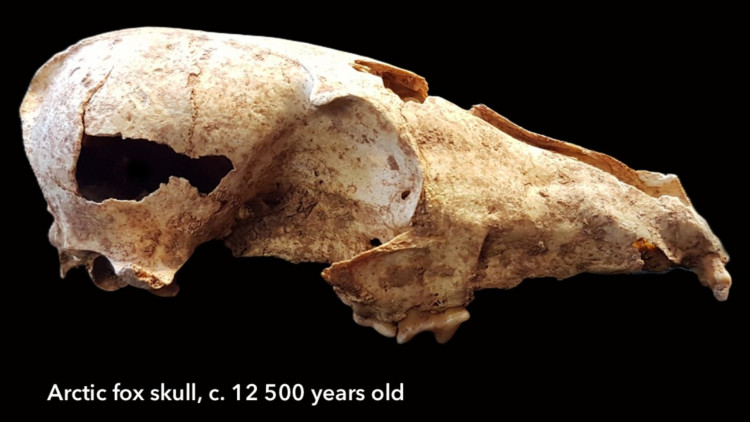Woolly rhino bones and bear skulls uncovered in Somerset cave dubbed 'one of Europe's most important'
By Laura Linham 16th Jul 2025
By Laura Linham 16th Jul 2025

High up on the slopes of Ebbor Gorge near Wells, a cave no wider than a doorway has turned out to be one of the most important prehistoric sites in Western Europe.
Inside? The fossilised remains of long-extinct beasts including woolly rhinos, hyenas, wolves, bears, and aurochs — a who's who of Ice Age wildlife.

Professor Danielle Schreve, a leading palaeontologist from the University of Bristol, revealed the scale of the discovery during a talk for supporters ahead of this year's Wells Festival of Literature. She's been leading the excavation at Gully Cave since a chance sighting of the entrance back in 2005 kicked off an epic dig into Somerset's ancient past.
What started as a crack in the rocks turned out to be a treasure trove of fossil history. Since digging began in 2006, her team has uncovered more than 6,000 bones and teeth from mammals and birds, including brown bears found in a lower chamber of the cave.

"Gully Cave is an exceptional site," said Professor Schreve. "It provides a rich record of environmental change and holds the key to understanding how animals coped with climate variations over at least 70,000 years."
Every new layer of Mendip limestone brings fresh surprises — and the dig is far from over.
Palaeontology, she explained, is about more than just dinosaurs and dusty bones. "It gives a good insight into evolution as it goes back thousands of years," she said, adding that fossil evidence is now helping inform real-world conservation work, from restoring habitats to reintroducing lost species.
The dig is supported by small charities and donations from the public. Anyone interested in helping can donate via: www.justgiving.com/page/gullycave
CHECK OUT OUR Jobs Section HERE!
wells vacancies updated hourly!
Click here to see more: wells jobs
Share:








